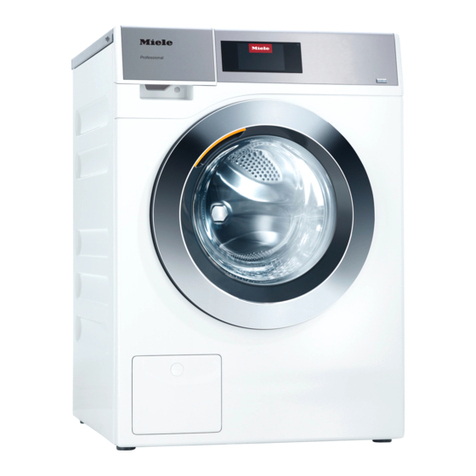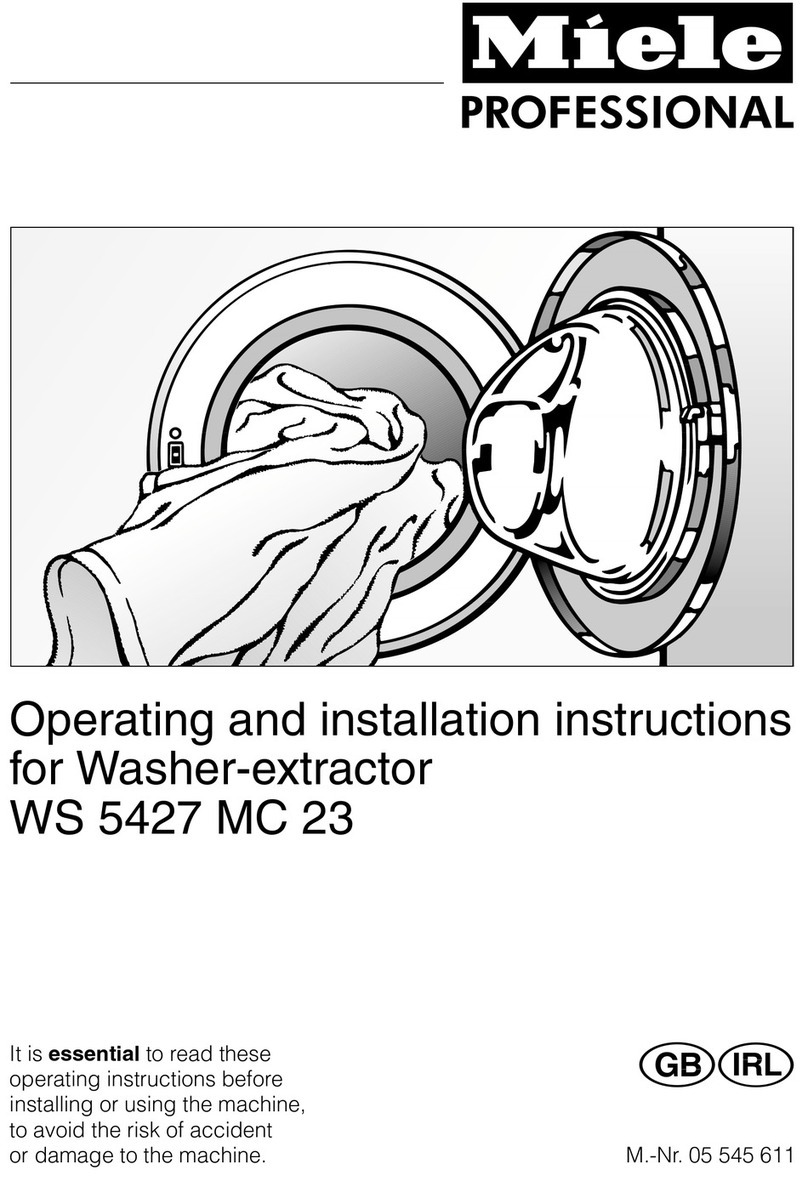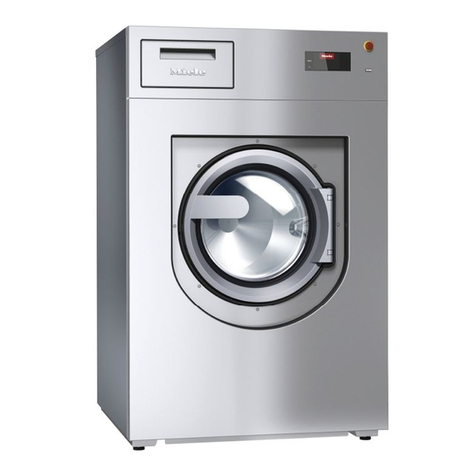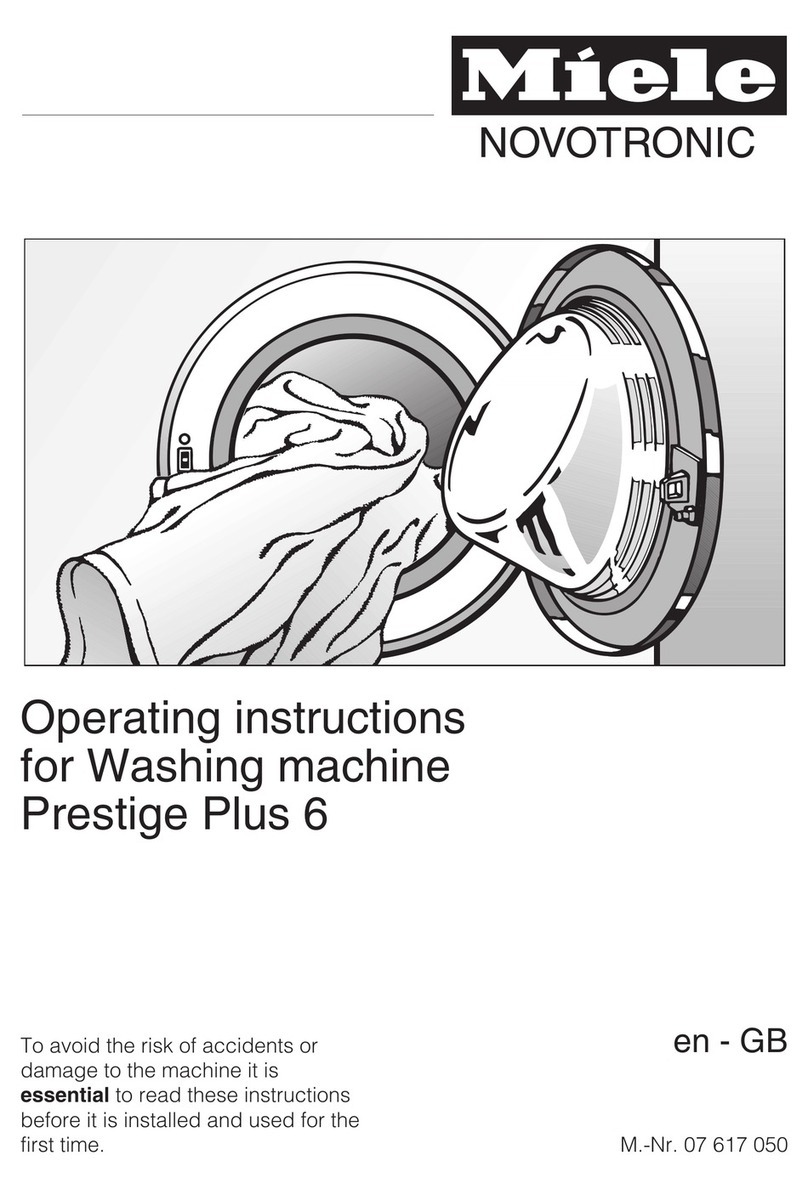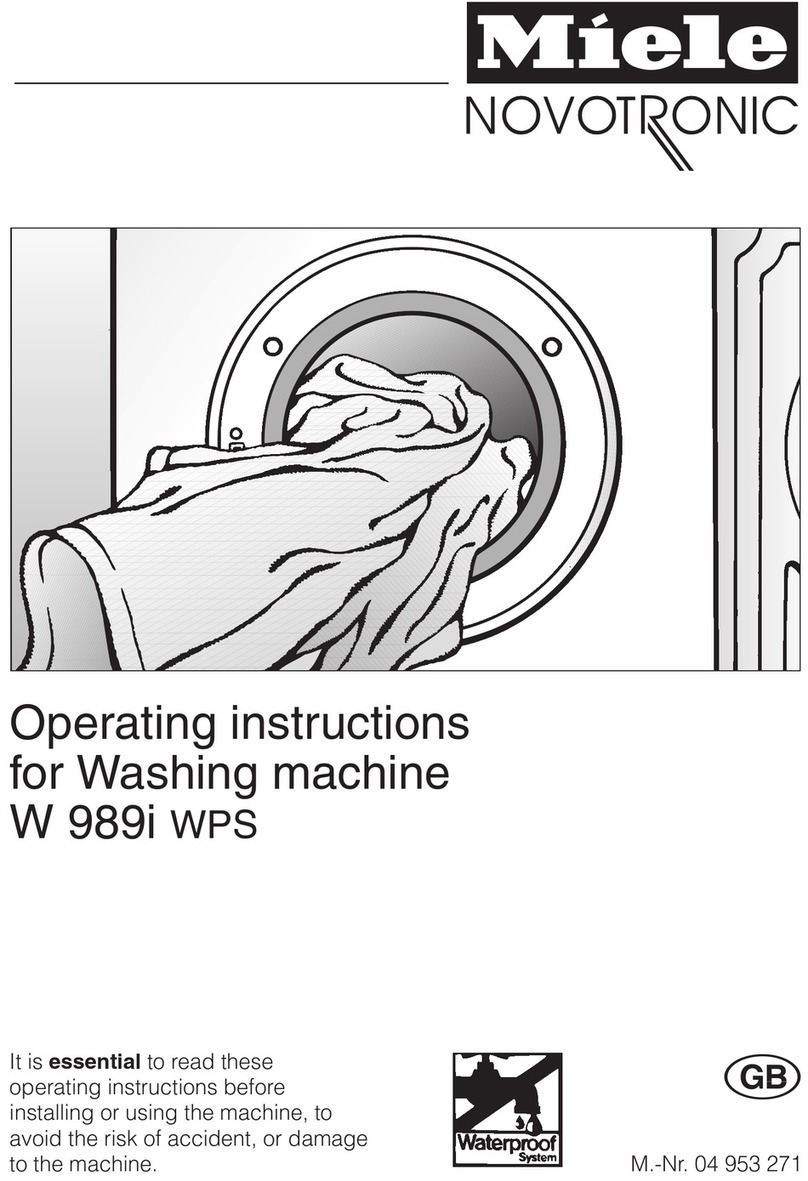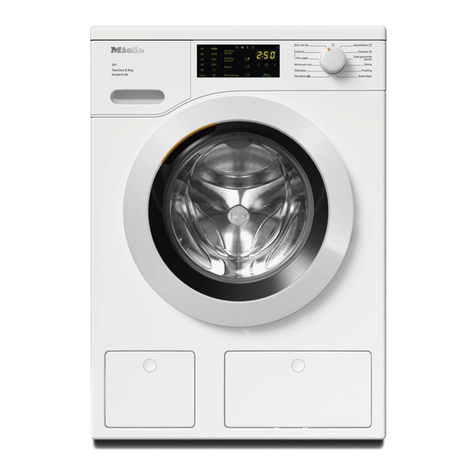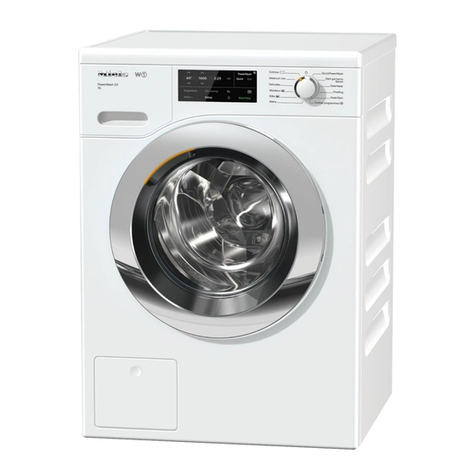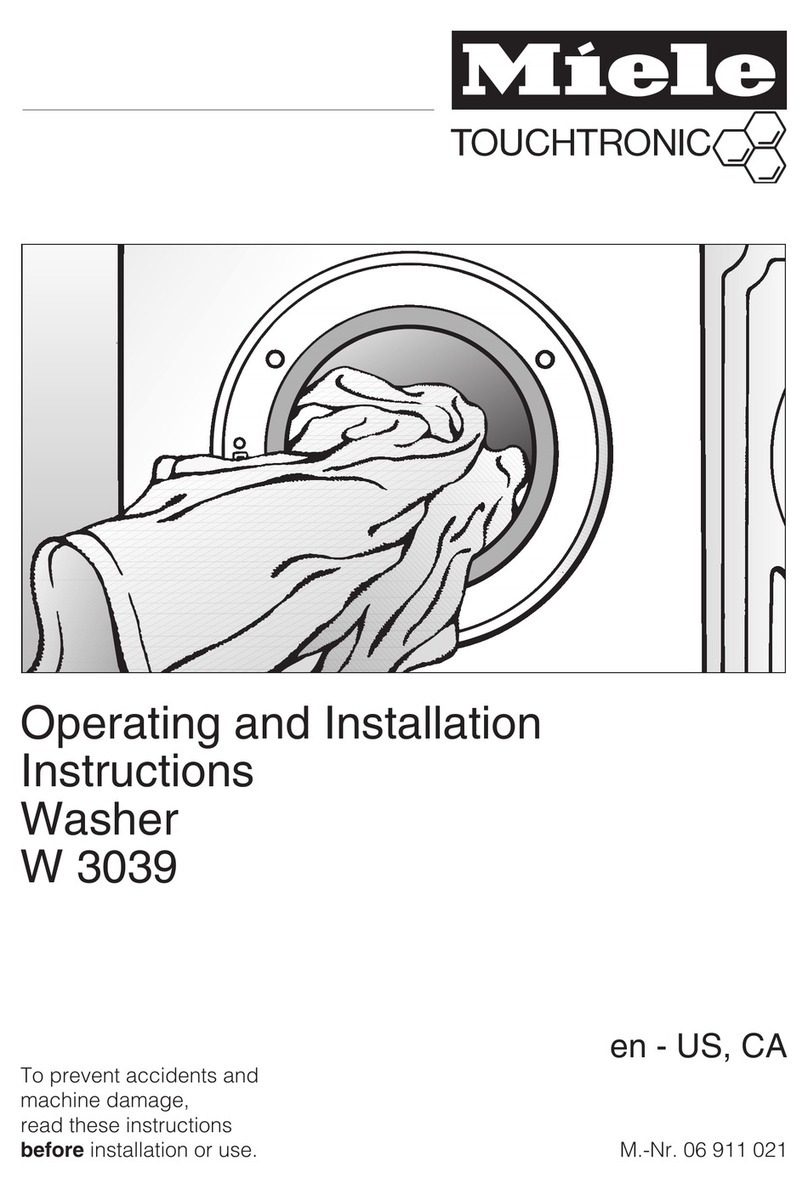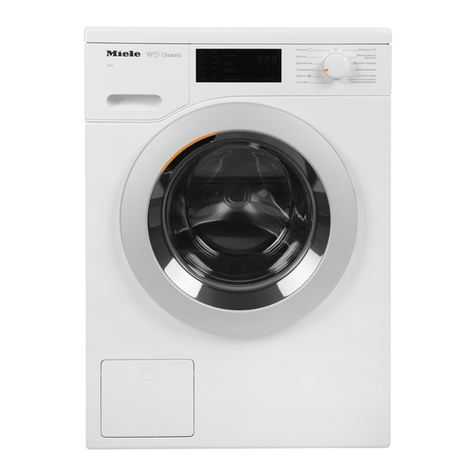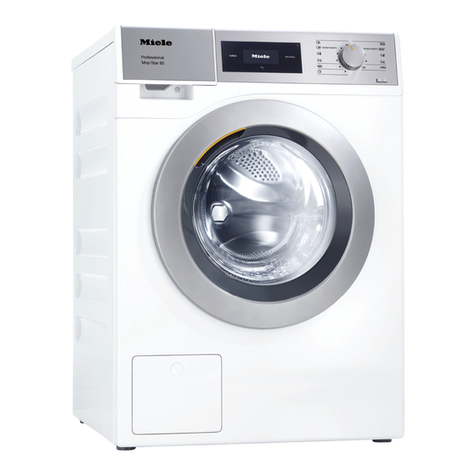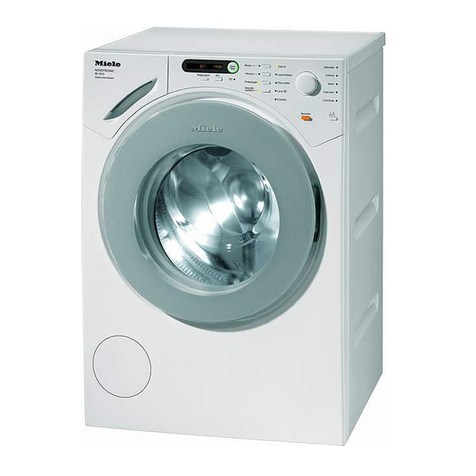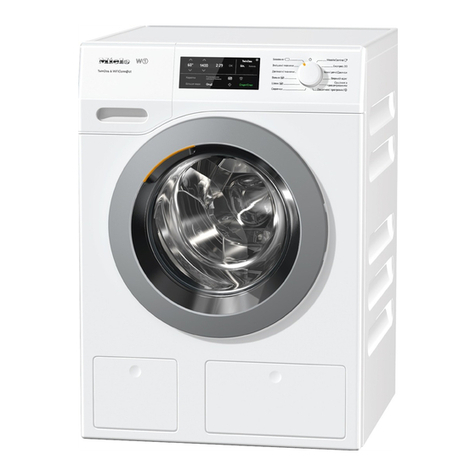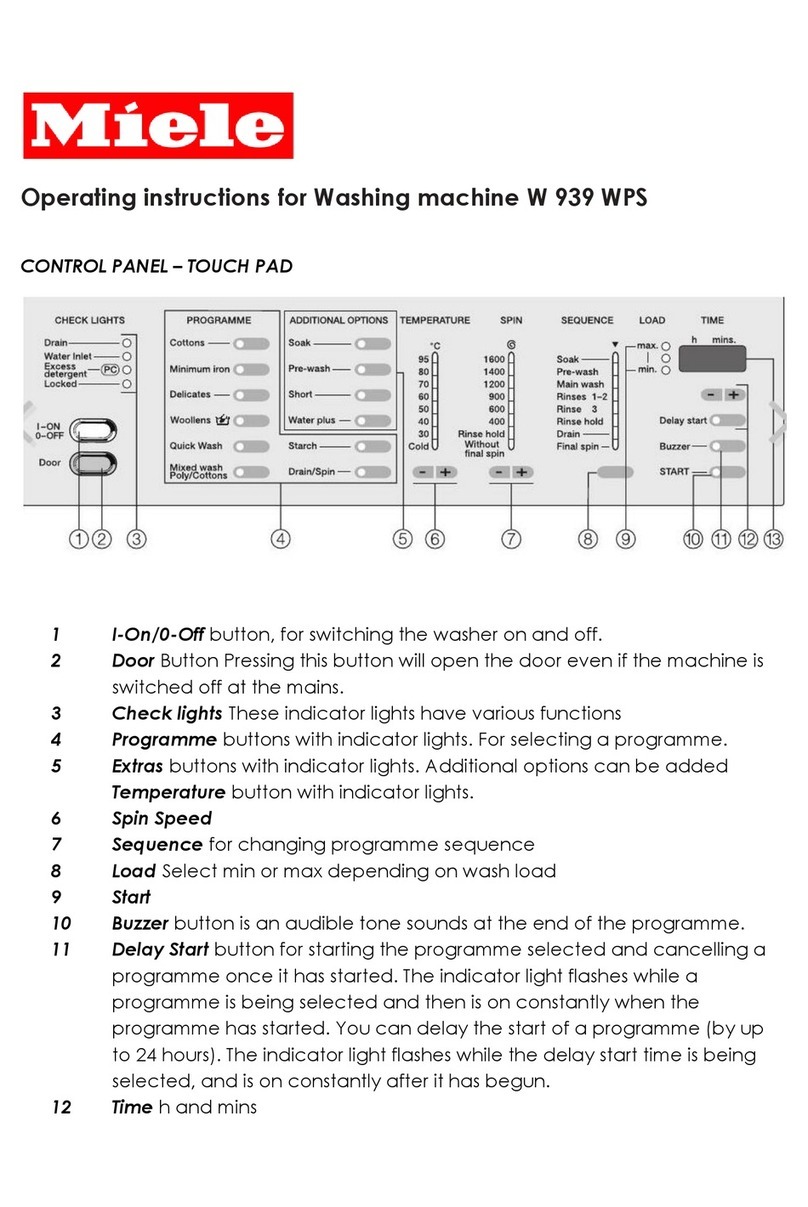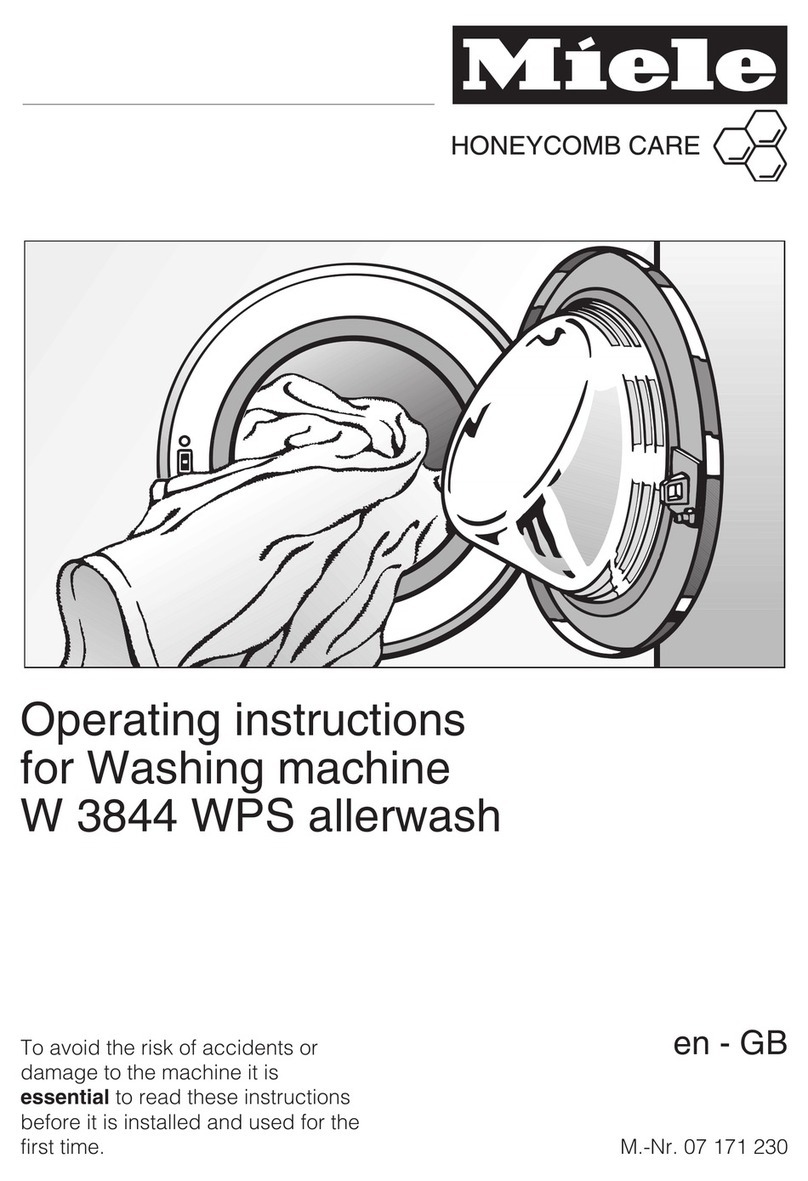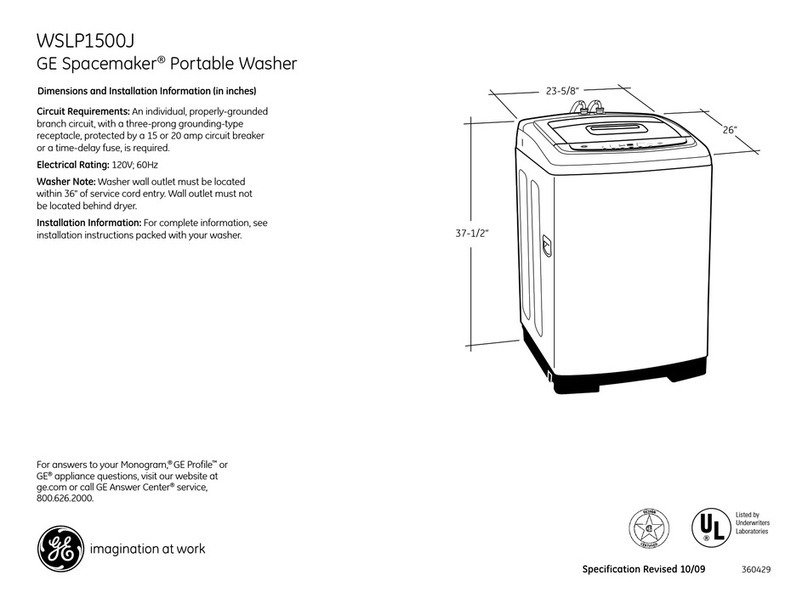Contents
5
Release programme ............................................................................................................ 89
Moving a programme: allocating programme selection buttons......................................... 90
Test programme .................................................................................................................. 91
Interface .............................................................................................................................. 91
Water hardness ................................................................................................................... 94
Display: Temperature........................................................................................................... 94
Display brightness and contrast.......................................................................................... 95
Switch off after .................................................................................................................... 96
Ready for operation........................................................................................................ 96
Auto-off function ............................................................................................................ 96
Switching off after activating.......................................................................................... 97
Software version.................................................................................................................. 97
Programme settings..........................................................................................................98
Adjusting programme settings ............................................................................................ 98
Programme structure........................................................................................................... 98
Programme header......................................................................................................... 98
Programme blocks ......................................................................................................... 99
Opening the menu............................................................................................................. 100
Reset programme.............................................................................................................. 101
Altering a programme ....................................................................................................... 102
Allocating wash blocks................................................................................................. 102
Change water quantity ................................................................................................. 103
Increasing drainage time .............................................................................................. 104
Drying unit .................................................................................................................... 105
Process documentation..................................................................................................109
Retrospective output of cycle reports............................................................................... 112
External software.......................................................................................................... 112
Report printer ............................................................................................................... 112
Maintenance ....................................................................................................................113
Periodic checks ................................................................................................................. 113
Routine checks.................................................................................................................. 114
Cleaning the filters in the wash cabinet ............................................................................ 114
Cleaning the spray arms.................................................................................................... 116
Cleaning the machine........................................................................................................ 118
Cleaning the control panel ........................................................................................... 118
Cleaning the door and the door seal............................................................................ 118
Cleaning the wash cabinet ........................................................................................... 118
Cleaning the door front ................................................................................................ 118
Preventing re-soiling..................................................................................................... 118
Checking mobile units, baskets, modules and inserts...................................................... 119
Filter change...................................................................................................................... 120
Changing the coarse filter ............................................................................................ 120
Changing the HEPA filter.............................................................................................. 121
Resetting the operating hours counter......................................................................... 122
Process validation ............................................................................................................. 123
Problem solving guide ....................................................................................................126
Technical faults and messages ......................................................................................... 126
Dispensing/Dispensing systems ....................................................................................... 127
Insufficient salt/Water softener.......................................................................................... 128
